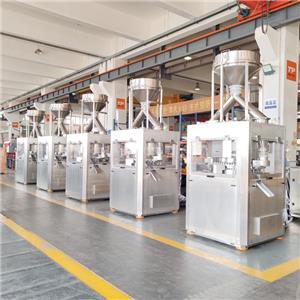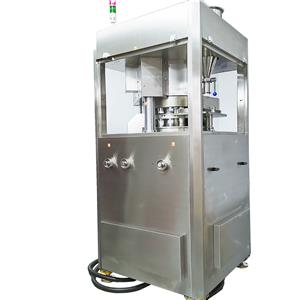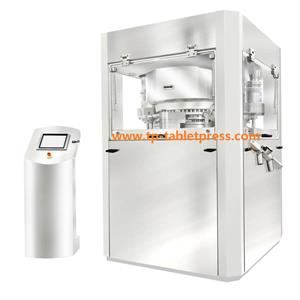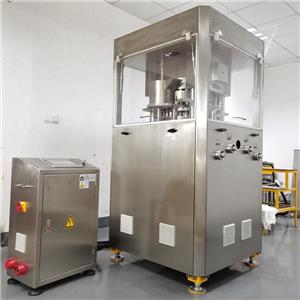How are double-layer tablets produced?
Double-layer tablets, also known as bilayer tablets, are commonly used in the pharmaceutical industry to combine two different drugs or formulations into a single tablet. This article aims to provide an overview of the production process of double-layer tablets, highlighting the essential steps involved in their manufacturing.
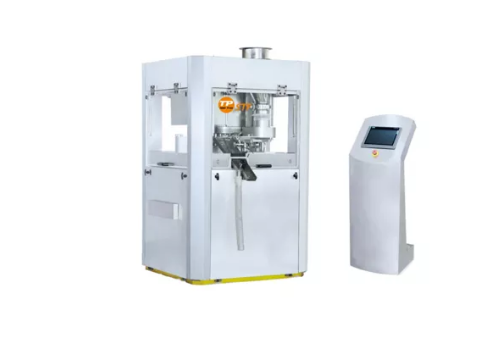
1. Formulation Development:
Before the production process begins, a thorough formulation development stage is necessary. This involves selecting the active ingredients, excipients, and determining the appropriate composition for each layer. Compatibility studies are conducted to ensure compatibility between the two layers and avoid any potential drug interactions.
2. Tablet Compression Machine Selection:
Selecting the right tablet compression machine is crucial for the production of double-layer tablets. Manufacturers often choose machines with specific features such as dual-sided compression capability, separate filling systems for each layer, and adjustable compression force.
3. Tablet Compression Process:
The production process of double-layer tablets involves the following steps:
Step 1: Preparation of Layer 1:
- The granulation of the first layer is prepared by blending the active ingredients and excipients.
- Granulation techniques such as wet granulation or direct compression can be employed based on the characteristics of the formulation.
- The granules are then dried and sieved to achieve the desired particle size distribution.
Step 2: Filling of Layer 1:
- The tablet compression machine is adjusted to accommodate the first layer.
- The granules are filled into the die cavity using a separate filling system, ensuring accurate dosing.
Step 3: Compression of Layer 1:
- The first layer is compressed by applying the appropriate compression force. This creates a solid layer at the bottom of the tablet.
Step 4: Preparation of Layer 2:
- The granulation for the second layer is prepared similarly to the first layer, ensuring compatibility with the first layer.
- The granules are dried, sieved, and adjusted to the desired particle size distribution.
Step 5: Filling of Layer 2:
- The tablet compression machine is adjusted to accommodate the second layer.
- The granules for the second layer are filled into the remaining die cavity on top of the first layer.
Step 6: Compression of Layer 2:
- The second layer is compressed, applying the appropriate compression force to form a solid layer on top of the first layer.
Step 7: Tablet Ejection:
- Once both layers are compressed, the tablet ejection system removes the finished double-layer tablet from the die cavity.
4. Quality Control:
Throughout the production process, stringent quality control measures are implemented to ensure the integrity and uniformity of the double-layer tablets. This includes regular sampling and testing for various parameters, such as weight variation, disintegration, dissolution, and content uniformity.
Conclusion:
The production of double-layer tablets involves precise formulation development, careful selection of tablet compression machines, and a well-defined manufacturing process. By following these steps, pharmaceutical manufacturers can efficiently produce high-quality double-layer tablets that offer the advantages of combining different drugs or formulations in a single dosage form. These tablets provide improved patient compliance, simplified dosing, and enhanced therapeutic outcomes. As a leading manufacturer of tablet compression machines, we are committed to providing reliable and advanced equipment to support the production of double-layer tablets and meet the evolving needs of the pharmaceutical industry.

